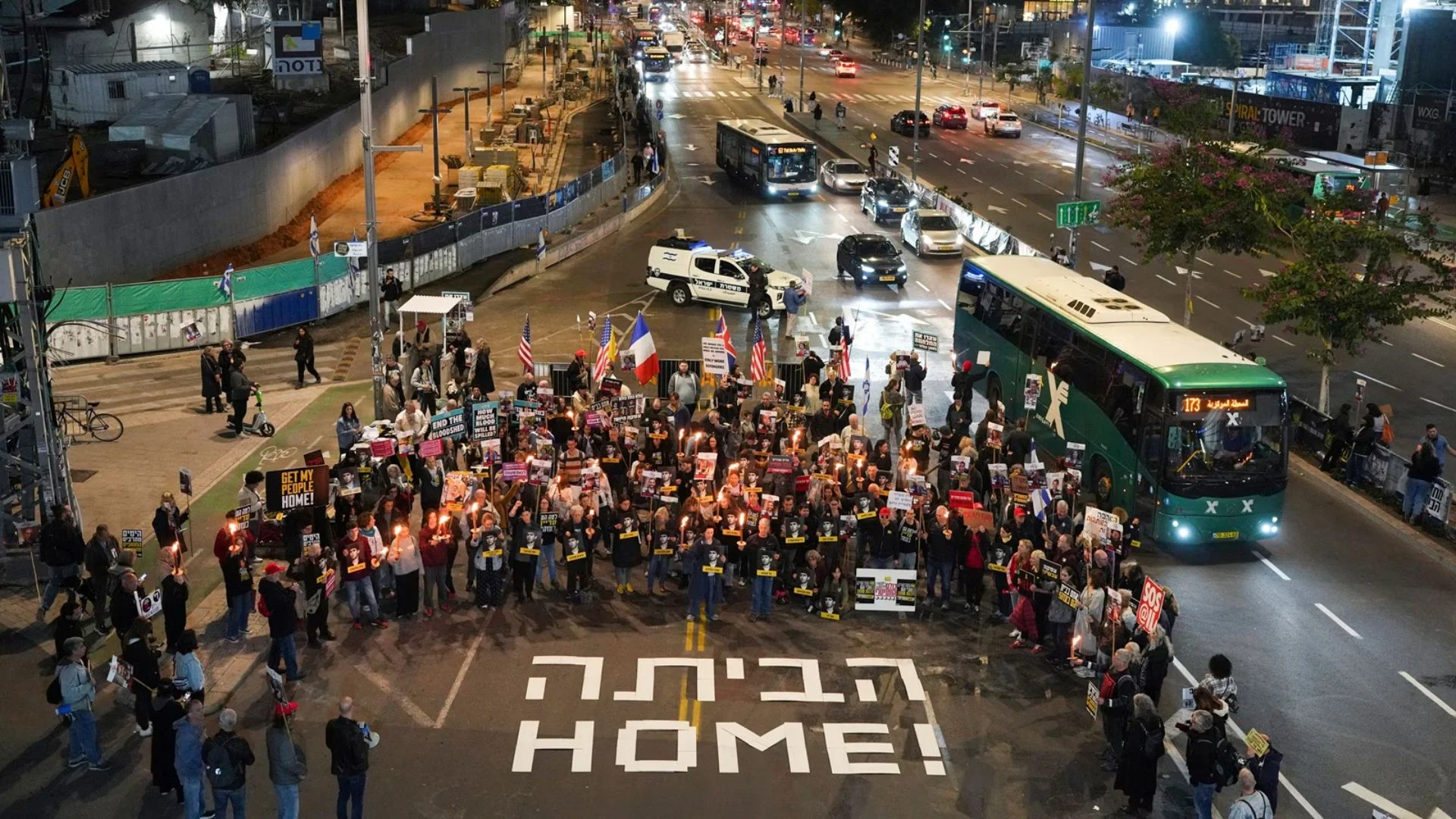To push rail infrastructure and connectivity in tribal dominated regions, the detailed project report of a new line “Janjatiya Gaurav Corridor” — provided in the Union Budget for FY 2023-24 has been taken up, the government informed Lok Sabha on Wednesday.
In a written reply, Railway minister Ashwini Vaishnaw said the DPRs of the projects identified under the corridor, costing Rs 70,000 crore, including those falling fully or partly in Odisha have been taken up which includes consultations with various stakeholders including state governments, public representatives, and organisations/rail users/tribal people etc among others. In order to push the rail infrastructure in tribal dominated regions and to promote the rail connectivity in such regions in coming years, an umbrella work of new line as ‘Janjatiya Gaurav Corridor’ costing Rs 70,000 crore has been provided in the Budget for FY 2023-24 subject to requisite government approvals.
“Detailed Project Reports (DPRs) of the projects identified under ‘Janjatiya Gaurav
Corridor’ including those falling fully/partly in state of Odisha have been taken up which includes consultations with various stakeholders including State Governments, public representatives, organisations/rail users/tribal people etc,” he said.
“The projects are appraised based on the parameters brought out in the DPR after firming up of various parameters including traffic projections and socio-economic benefits,” he said.
He said new line projects including those in “Janjatiya Gaurav Corridor” are taken forward on the basis of remunerativeness, last mile connectivity, missing links and alternate routes, augmentation of congested/saturated lines, socio-economic considerations depending upon overall availability of funds and competing demands.
















